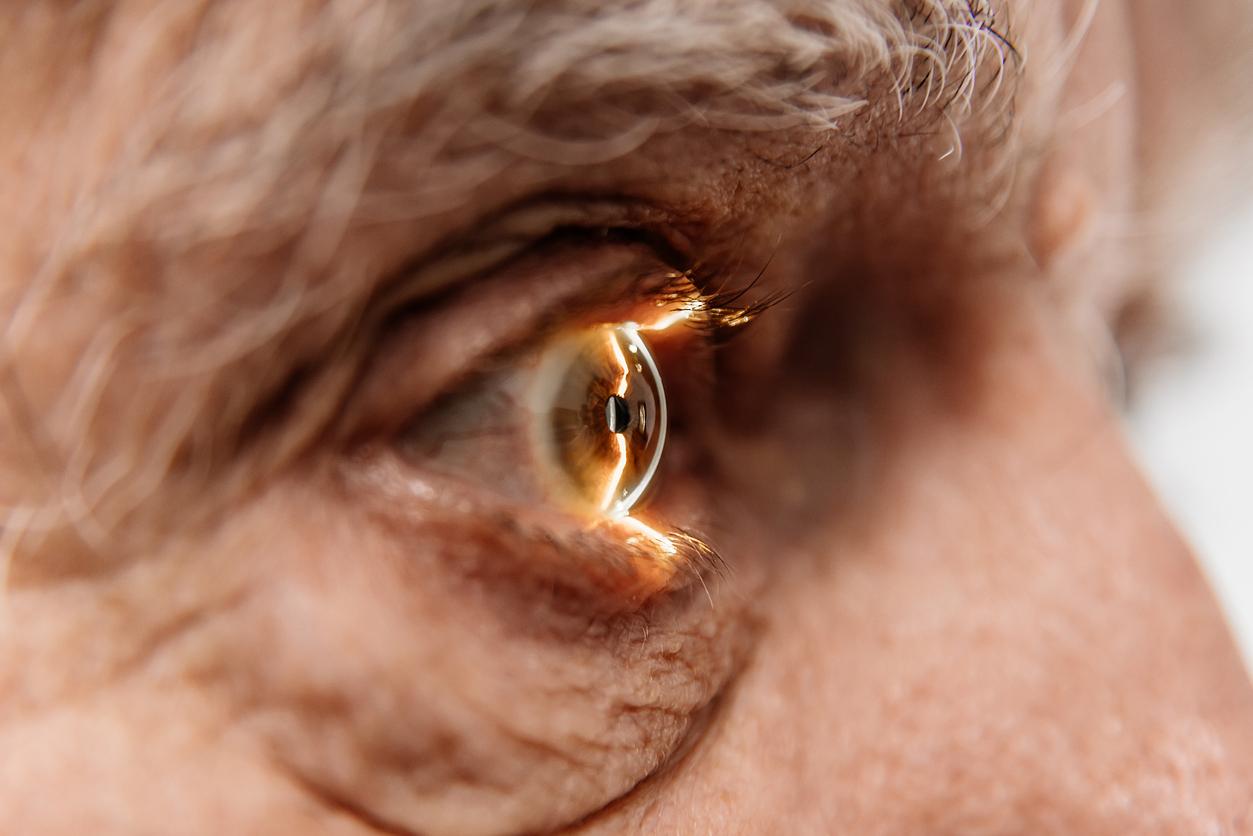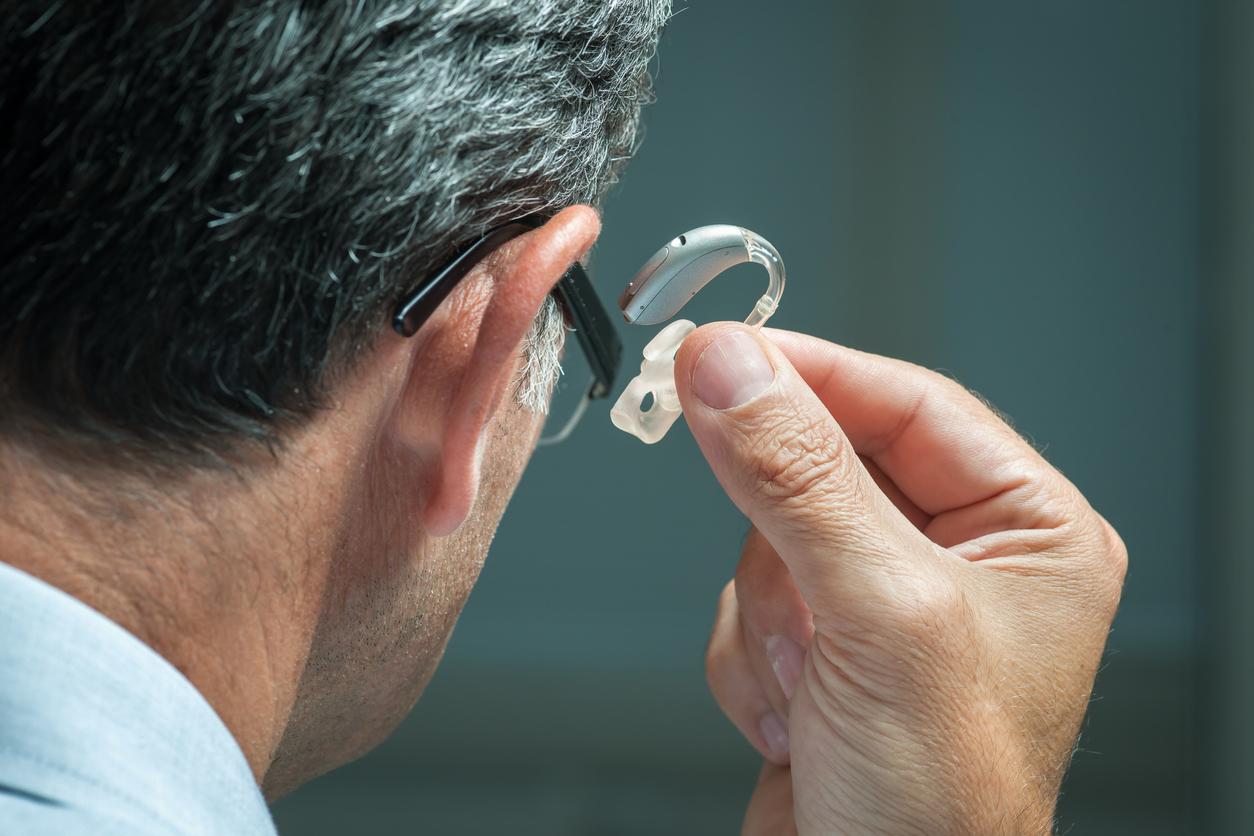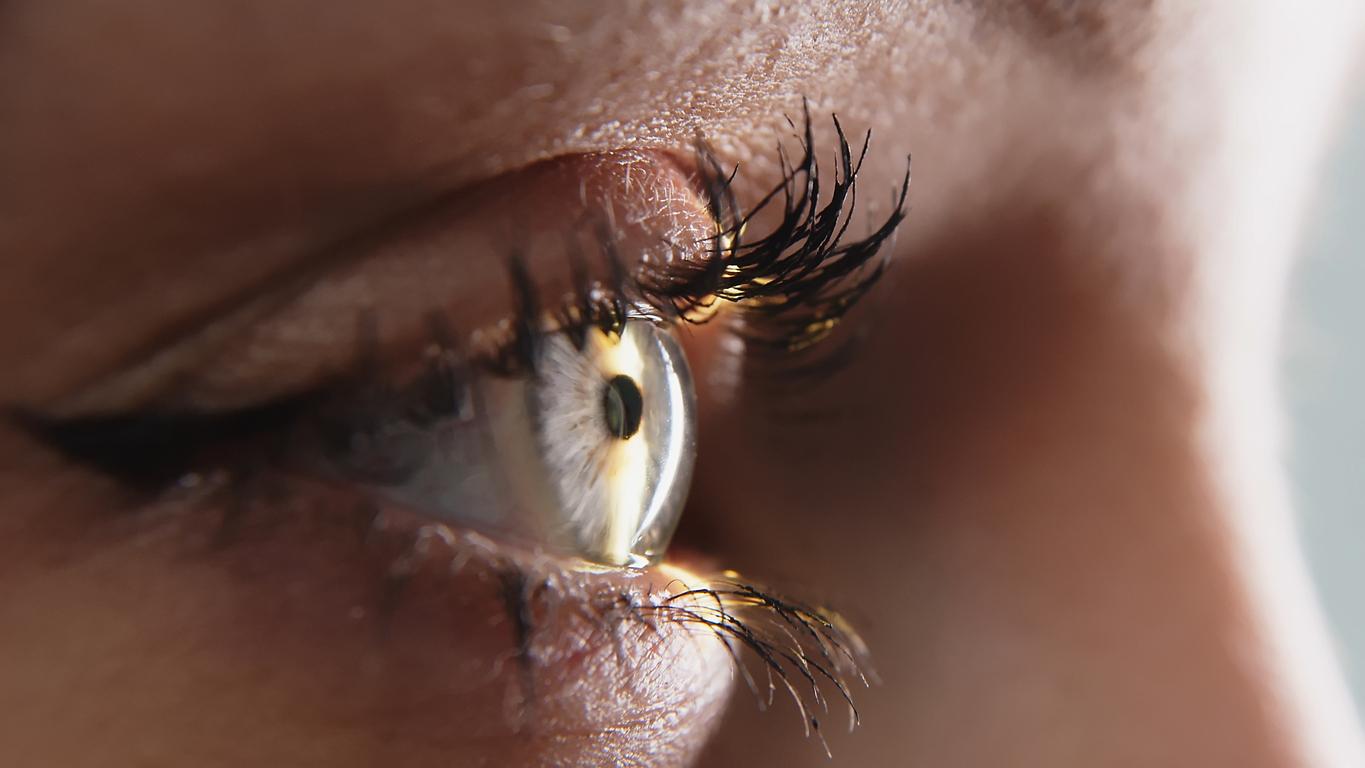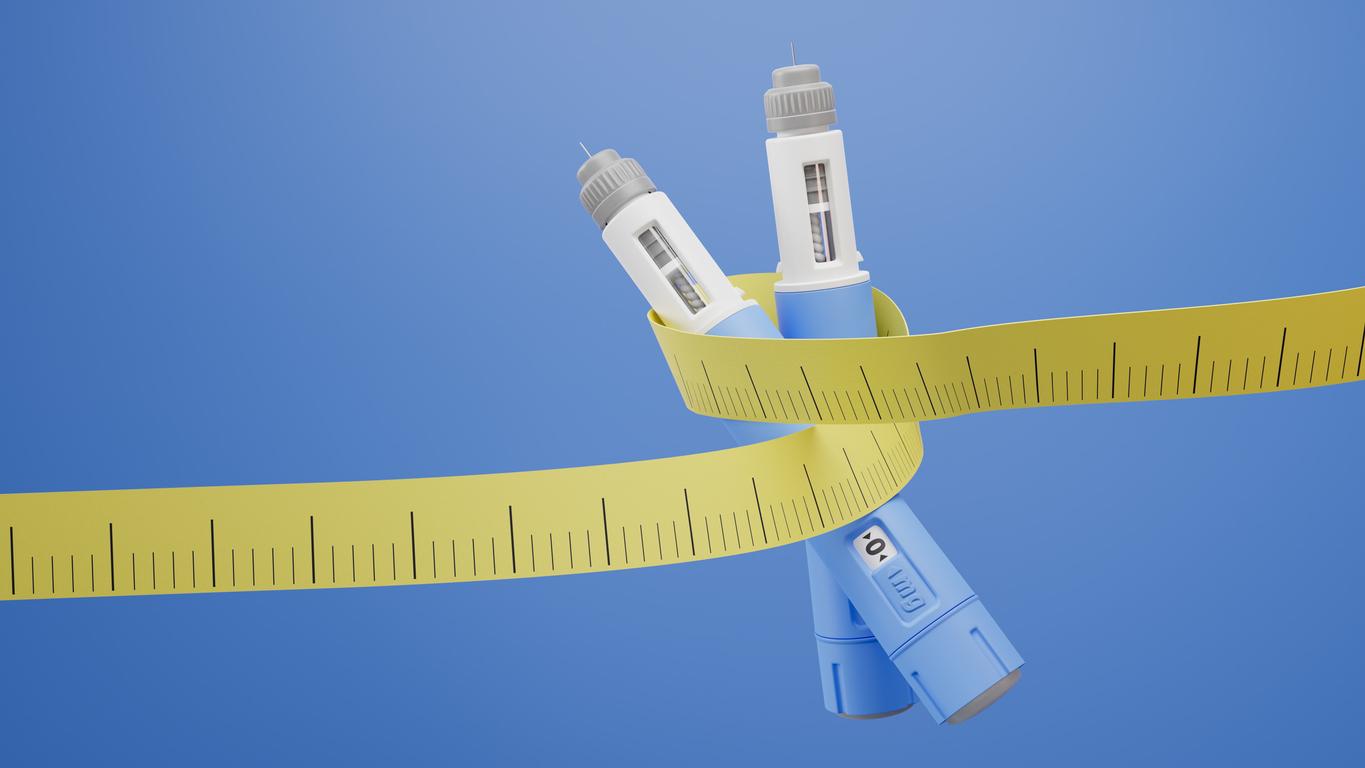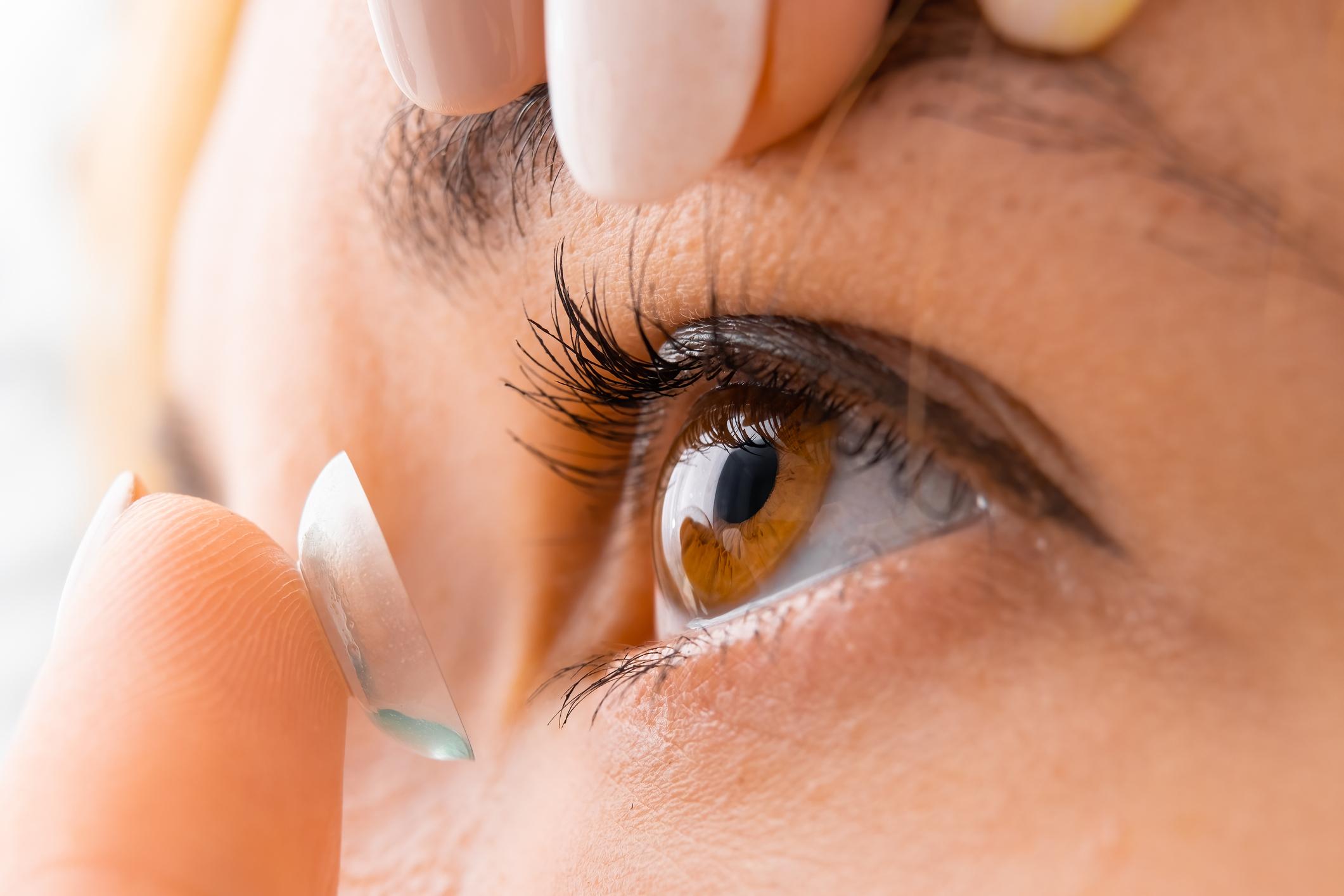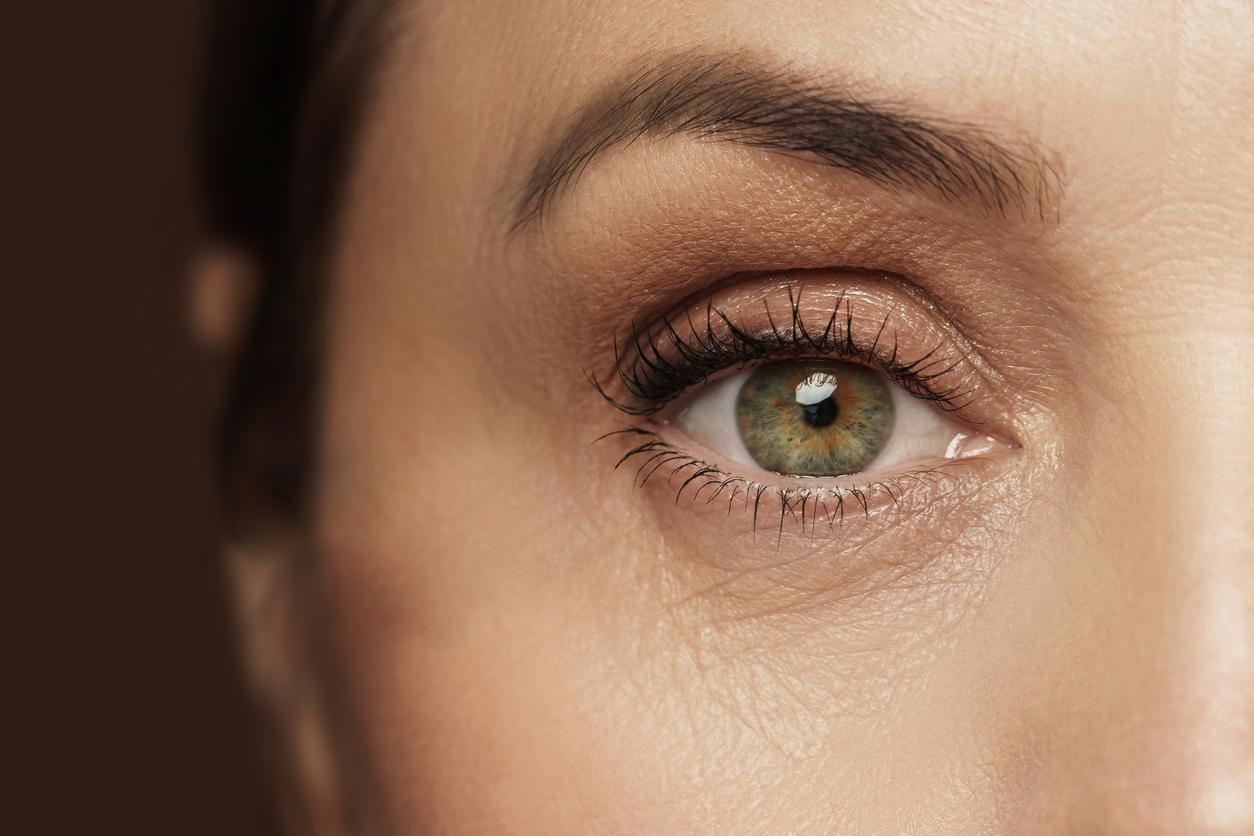A team of researchers from the Institut de la vision in Paris, has updated the mechanisms at the origin of glaucoma …
Glaucoma is an eye disease that can occur in people over the age of 45. It is due to a rise in the pressure of the liquid inside the eye. This increased pressure destroys the optic nerve and thus reduces visual acuity. And if left unchecked, chronic glaucoma can permanently make you blind. In industrialized countries, chronic glaucoma is believed to be one of the leading causes of blindness. And in France, nearly a million people are treated for this disease.
So today, researchers have found out why the pressure is increasing in the diseased eye?
The pressure increases because the eye cannot evacuate its internal fluid. The filter that must do this evacuation, the trabeculum, is damaged. And the novelty: it is that the researchers of the Institute of the vision discovered the biochemical mechanisms which lead to this destruction of the trabeculum. And the good news is that they have experimented with a treatment in rats that stops this destruction.
You mean the rats have regained normal sight?
No, because it is not a treatment that restores the damage to the optic nerve. It allows the filter to function properly again and thus maintain normal eye pressure.
If this treatment has been tested on animals, it means that we will have to wait a long time before it can be applied to humans …
You are right, Alexandre Denoyer, the main author of this research, estimates that it takes between 5 and 10 years before the marketing of a treatment.
But there are already medical or surgical treatments for chronic glaucoma… £
Yes, it’s true. But first of all, the best is to prevent and therefore to go regularly to your ophthalmologist, especially after 40 years of age to measure eye pressure, especially since at the beginning you do not feel any discomfort or pain … Once the disease is there, the eye drops that are used do not stop the destruction of the trabeculum, they only allow the evacuation of the intraocular fluid. And unfortunately, some people are gradually escaping this treatment. Then there is surgery and laser to treat these complications of glaucoma. But sometimes that’s not enough either. So, if the trial is successful in humans, this new treatment could be a useful adjunct.
.








